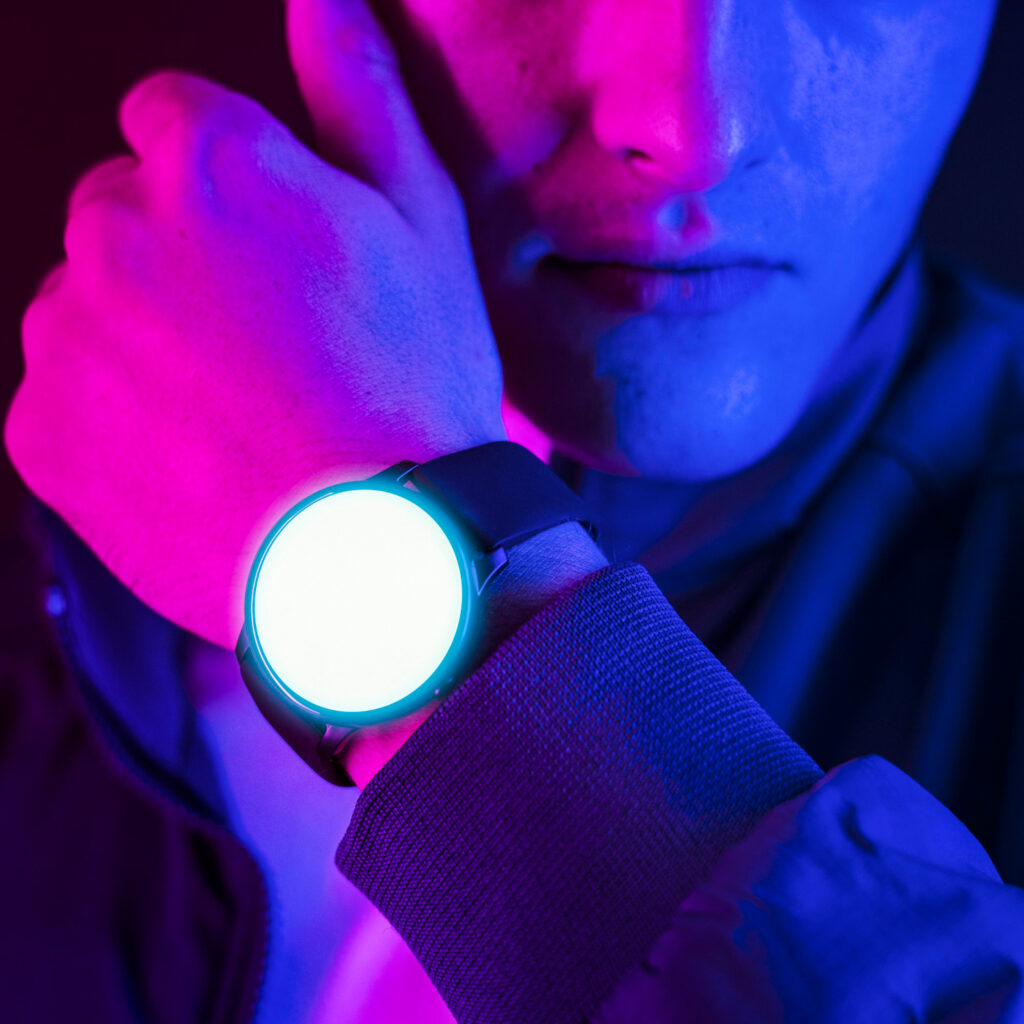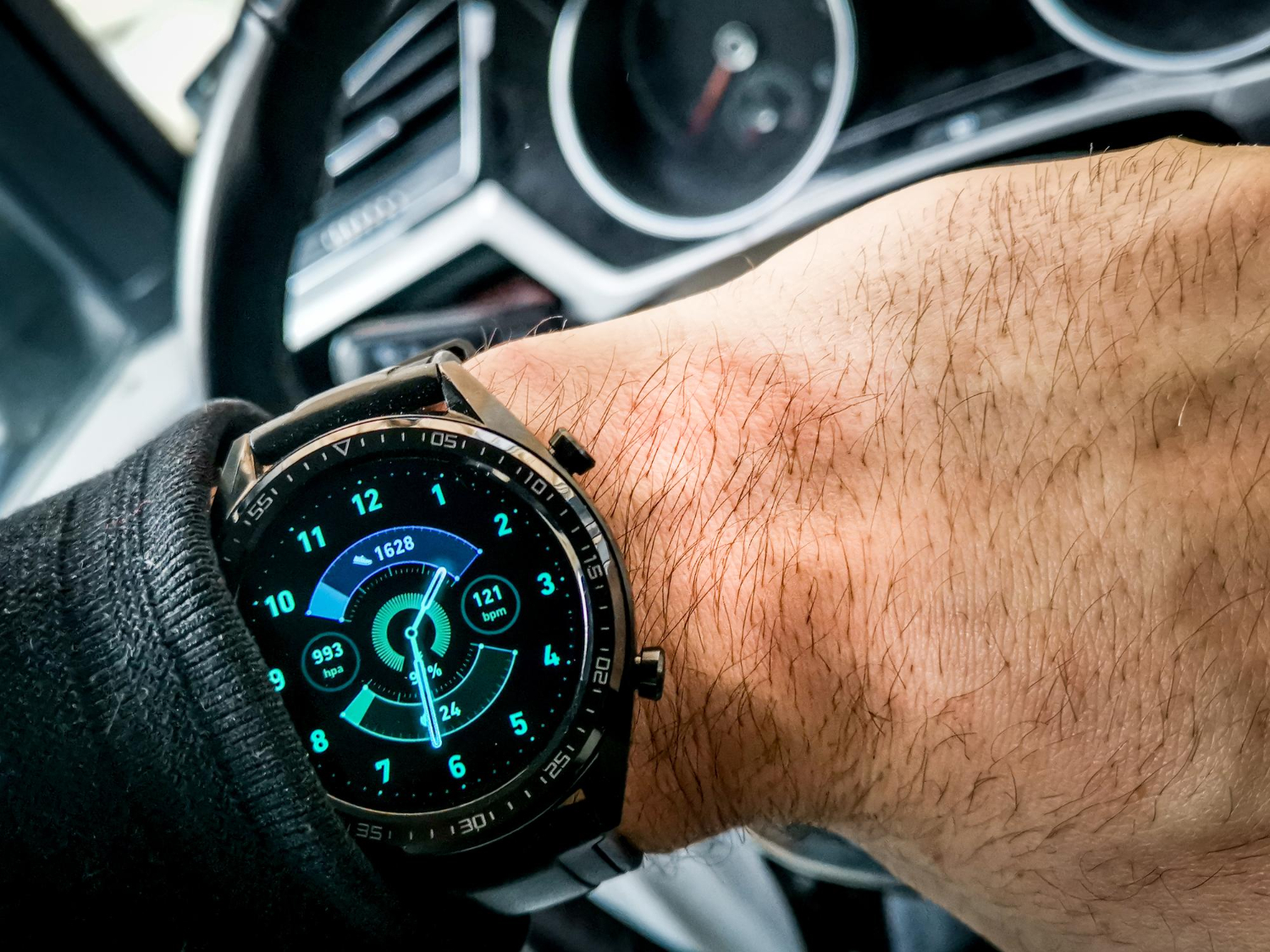There’s something undeniably captivating about a radium pocket watch. Its luminous glow, vintage appeal, and historical significance make it one of the most intriguing timepieces ever created. But behind its charm lies a fascinating—and sometimes alarming—story. In this blog, we’ll dive into the history, usage, and legacy of radium in timekeeping, with a particular focus on the radium pocket watch, while also exploring its evolution into the radium dial wrist watch and the broader context of radium on watches.
Table of Contents

The Rise of the Radium Pocket Watch
In the early 1900s, radium was celebrated as a scientific marvel. Discovered by Marie and Pierre Curie in 1898, it was initially hailed for its supposed health benefits. This excitement found its way into the watchmaking industry, where radium became a popular material for illuminating dials. The radium pocket watch became an instant sensation among military personnel, railroad workers, and everyday consumers who needed to tell time in the dark.
These watches typically featured numerals and hands coated with a mixture of radium and phosphor. When radium’s radiation hit the phosphor, it caused the dials to glow without the need for an external light source. This innovation was groundbreaking in an era before widespread electric lighting.
How Radium Worked on Watches
To understand the impact of radium on watches, it’s important to grasp the science behind it. Radium is a radioactive element that emits alpha particles. When mixed with zinc sulfide, a phosphorescent compound, the energy from radium’s decay causes the compound to glow. This glow could last for years, making it an attractive feature for watches.
Unfortunately, radium is also highly radioactive and dangerous to human health. During the manufacturing process, many workers, especially young women who became known as the “Radium Girls,” were exposed to unsafe levels of radiation. They would often lick their paintbrush tips to achieve fine lines on dials, unknowingly ingesting radium in the process. This led to severe health issues and ultimately sparked workplace safety reforms.
The Shift to Radium Dial Wrist Watches
As time went on and wristwatches became more fashionable, the technology behind the radium pocket watch evolved into the radium dial wristwatch. These wristwatches were particularly useful during both World Wars. Soldiers could check the time during night missions or in trenches without revealing their position with external light.
Like their pocket watch predecessors, radium dial wrist watches had glowing hands and numerals. However, by the mid-20th century, the health risks associated with radium were becoming harder to ignore. Studies showed that the radiation could lead to bone cancer and other fatal illnesses. This led to a decline in the use of radium, and by the 1960s, it was largely replaced by safer alternatives such as tritium and photoluminescent paint.
Are Radium Watches Safe Today?
Collectors and enthusiasts still admire vintage radium pocket watches and radium dial wrist watches for their craftsmanship and historical value. But safety is a major concern. Even though the glow has usually faded over the decades, the radium is still radioactive.
If you’re considering adding a radium watch to your collection, it’s best to handle it with care. Store it in a safe, well-ventilated area, and avoid opening the watch casing. Professional testing with a Geiger counter can determine its radiation levels. For those particularly concerned, some companies specialize in safely removing or replacing radium components while preserving the original appearance.
Radium on Watches: A Legacy of Innovation and Caution
The story of radium on watches is a powerful reminder of the balance between innovation and safety. At the time, radium was seen as a miracle element. Its ability to glow in the dark gave watches a practical edge and a futuristic appeal. But over time, the industry learned the dangers that came with radioactive materials.
Today, watchmakers use safer, non-radioactive materials that mimic the glow of radium without the health risks. Modern lume (short for luminescent material) provides long-lasting visibility in the dark without endangering the wearer. Brands now use Super-LumiNova, a photoluminescent pigment that absorbs light and re-emits it over time.
Why Collectors Love the Radium Pocket Watch
Despite the health concerns, many collectors still seek out the radium pocket watch for its antique charm and historical importance. These watches are often linked to significant moments in history, such as World War I, World War II, and the rise of industrial labor.
The artistry involved in these timepieces also adds to their allure. Many feature ornate cases, intricate dials, and mechanical movements that reflect the craftsmanship of a bygone era. For collectors, a radium pocket watch isn’t just a timekeeper—it’s a piece of history.
Tips for Collecting Radium Timepieces
If you’re interested in collecting vintage radium watches, here are some tips:
- Research the Model – Know the background and manufacturing era of the radium pocket watch you’re interested in.
- Check for Radiation – Use a Geiger counter or seek help from a professional to measure safety levels.
- Preserve Condition – Keep it in a secure, cool place away from children or pets.
- Get Expert Servicing – Only use watchmakers experienced in handling radioactive timepieces.
- Know the Laws – Some countries regulate the sale and possession of radioactive items, so ensure you comply.

The Enduring Fascination
There’s a unique mystique surrounding radium-based watches. Whether it’s the eerie glow, the tragic history of the Radium Girls, or the legacy of innovation, these timepieces continue to spark curiosity and admiration. The radium pocket watch stands as a testament to an era when science and design intersected in dazzling—and sometimes dangerous—ways.
Today, the fascination with radium on watches continues not because of their luminous dials, but because of what they represent: a critical moment in the history of technology, labor rights, and scientific discovery. And while modern watches have evolved with safer materials, the glow-in-the-dark dream started with a single element: radium.
If you’re someone who appreciates both functionality and vintage charm, combining affordable chronograph watches and radium pocket watches in your collection is a smart move. Chronograph watches offer precise timekeeping with stopwatch features, making them perfect for daily wear, sports, or professional use. Today, many brands offer affordable chronograph watches under $200 without compromising on style or durability. Look for options with stainless steel cases, water resistance, and reliable quartz or automatic movements.




